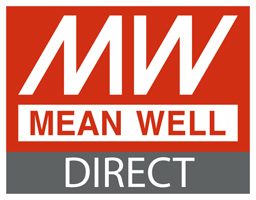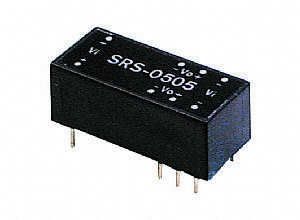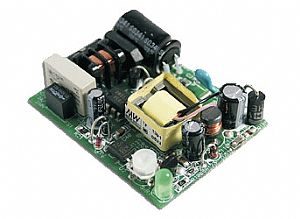CE
The CE mark, is the short form of Conformité Européenne, meaning “European Conformity” and is a European Union regulatory community sign. It symbolizes the compliance of the product with all essential requirements relating to safety, public health, consumer protection.
The CE mark is required on specific product categories sold within the EU and European Economic Area (EEA). Some products sold outside the EEA may also have the marking if, they were manufactured in, and designed for the EEA. The CE marking consists of the CE logo, and sometimes, the four digit identification code for the notified body that have assessed the product.
In conformation with CE requirements, every person has a specific responsibly depending on the role in handling the product. Specific responsibilities include:
Manufacturer
The manufacturer must follow a series of steps determined by the product and associated risks. The process starts by determining if the product is covered and the applicable directives. Next is to find out the extent to which the product complies with the essential design and manufacturing requirements in the directives. By using the Conformity Assessment Procedure charts, the manufacturer ensures that the product satisfies acceptable options in the directives.
All CE marking have associated technical file showing the product identification, tests performed, lists of directives and standards it conforms to, manufacturers contacts and signature.
Affixing of the CE marking on the product is then performed while adhering to set rules in regard to the size and location of the mark, affixing to products, documentation shipped with the product as well as the packaging.
Distributor
The distributor must confirm the presence of:
- CE marking
- The Required Supporting documentation
Importer
Check and confirm the products from countries outside the EU conform to the required EU standards and that the manufactures have taken the necessary steps. In addition, the importer must confirm the documentation is available.
Products that must have the CE marking
CE is mandatory, but not for all the products sold in the EU or the EEA, the marking is only required for products covered by the New Approach Directives. This covers products ranging from medical devices to civil explosives and from toys to electrical equipment. Some of the products categories are:
- Cableway installations
- In vitro diagnostic medical devices
- Low voltage products
- Machinery
- Measuring instruments
- Medical devices
- Noise emission in the environment
- Pyrotechnics
- Radio equipment
- Telecommunications equipment
Products that do not require CE marking:
- Chemicals
- Pharmaceuticals
- Cosmetics and foodstuffs.




